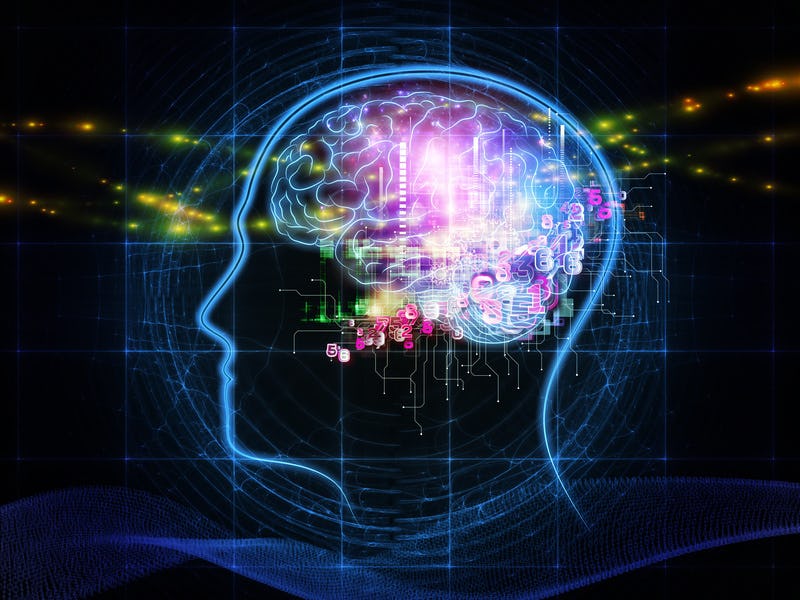IBM Brain-Inspired Computer Will Look After Our Nuclear Weapons
It's like a human brain, just less advanced.

IBM and the Department of Defense may be building new neurosynaptic computer chips capable of helping the United States coordinate its nuclear arsenal, but at 2 billion synaptic linkages, it’s only as powerful as the brain of a young human fetus. In fact, a three-month-old baby’s brain contains about 1,000 trillion synapses, and you don’t see us bragging about the untold genius of every babbling infant. So while IBM’s brain isn’t as powerful as a baby’s, in their defense, we don’t want a baby looking after our nuclear weapons.
In fact, IBM’s neural network has a number of advantages over a newborn. Despite its responsibility for assisting the Lawrence Livermore National Laboratory in ensuring the safety of America’s nuclear weapons, the 16 million digital neurons require the same energy as the average tablet. So babies may be more demanding, but they also have about 10,000 times as many neurons to power.
IBM’s brain computer may not rival the raw size of the human brain at any age, but it is probably the closest a computer has come. Most computers function linearly, but IBM has figured out how to link billions of transistors into groups of millions of neurons that then make millions of connections. It’s an innovative approach to computing that the U.S. government is betting will help keep the nuclear arsenal free from cyberattacks.
“Neuromorphic computing opens very exciting new possibilities and is consistent with what we see as the future of the high-performance computing and simulation at the heart of our national security missions,” says Jim Brase, deputy associate director for data science at Lawrence Livermore National Laboratory.
The Lawrence Livermore National Laboratory has produced breakthroughs in nuclear weaponry as well as climatology for which it shared the 2007 Nobel Peace Prize with former Vice President Al Gore.
The huge divide in the total number of digital neurons and synapses belies a technological sophistication that separates the new neural network from humans. As Google’s Deepmind computer recently proved by besting the human champion of the game of Go, traditional computers are already supplanting us in certain feats of the mind. Nonetheless, humanity retains the upper-hand when it comes to certain areas, and that’s where the new IBM computer is hoping to make gains. The neural-like computational system is expected to boost digital pattern recognition and sensory processing capabilities, two fields that have remained dominated by the old-fashioned brain.
Lucky for computers, they’re still improving at the unbelievable rates predicted by Moore’s law. Ironically, humans actually max out their total neurons and synaptic connections in the first months of their lives, spending the ensuing 80 or so years shriveling up.
And how much of our brains do we even use for thinking anyway? Most of us spend our days watching television, boozing, and daydreaming about what Kim and Kanye are up to. When it comes to our nuclear arsenal, the main advantage computers have is that they are, in fact, not humans. If only we could say the same thing for the people in charge of maintaining the arsenal, we’d probably be a lot better off.